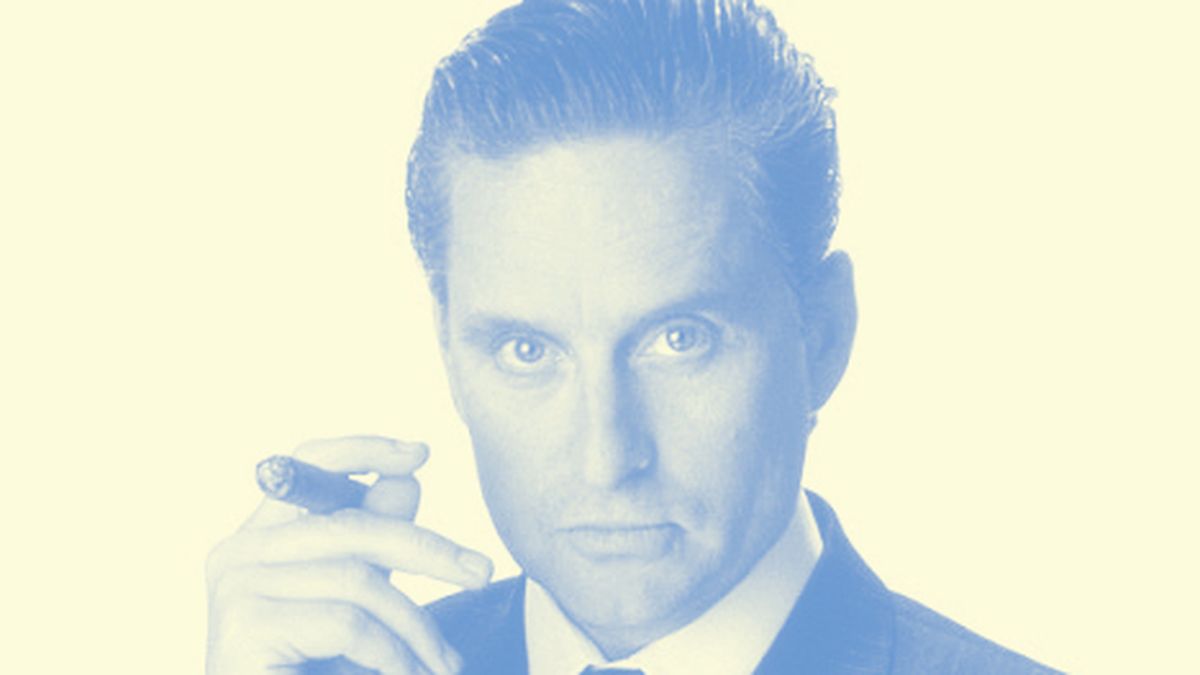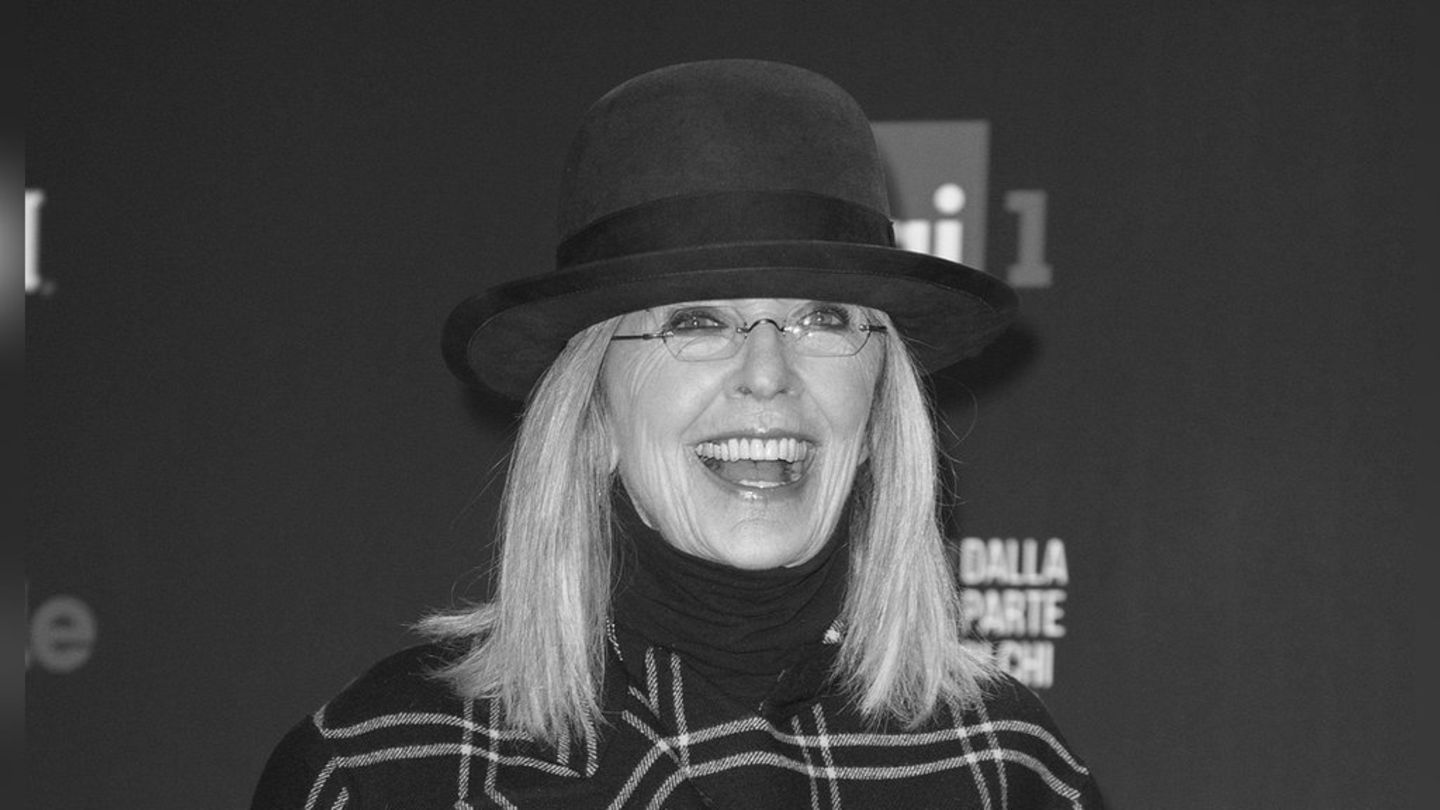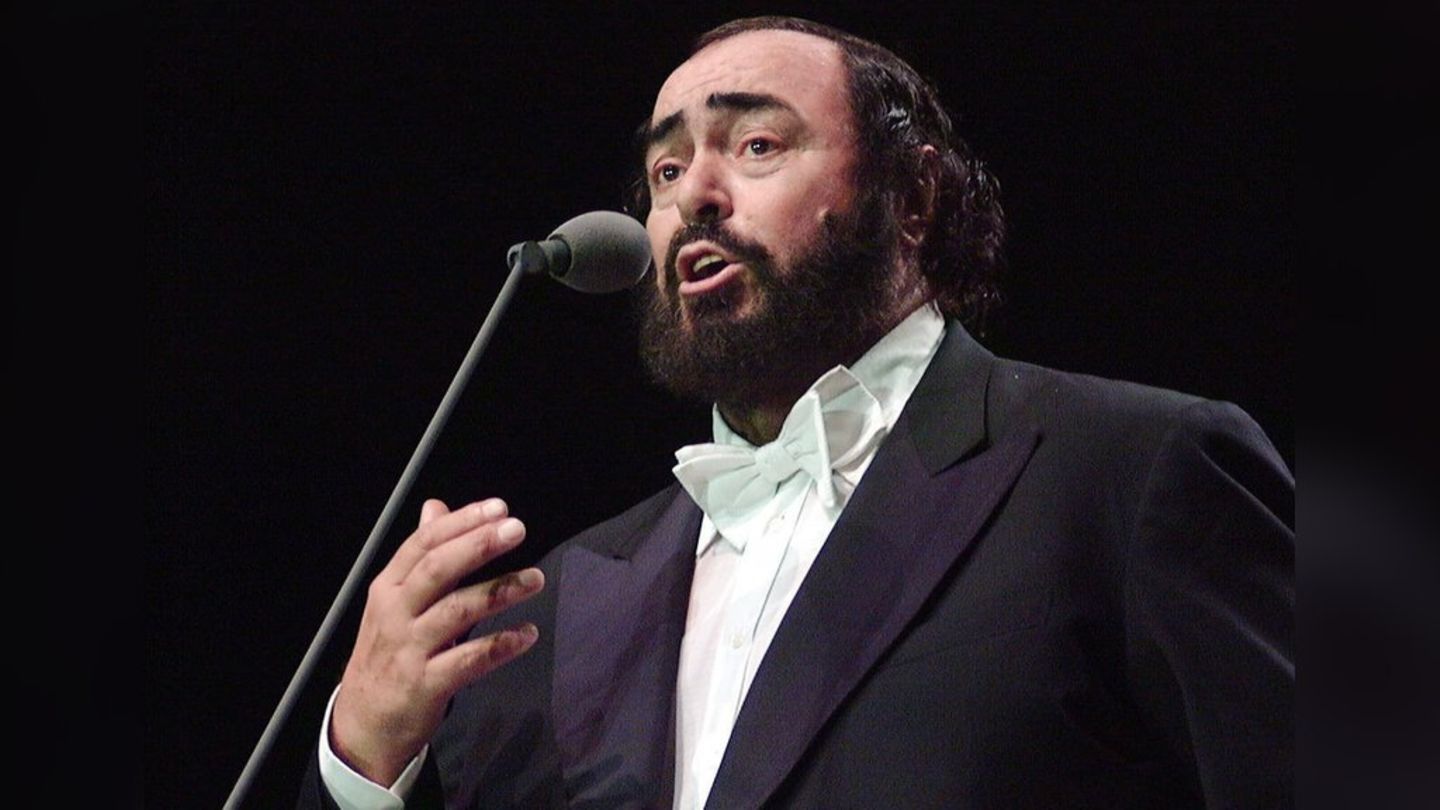What will the Fed at the end of your meeting today, Gordon Gekko? Will you maintain your pause mode or will you want to intervene and correct something? And when will there be a rate cut?
Journalist: What else does the Fed need to make its decision? The first inflation reading for November, known today (yesterday), was higher than in October. Will the outcome of the meeting change? Or is it not relevant?
Gordon Gekko: The Fed is data dependent but does not decide based on a single number. The trend did not change. Year-on-year consumer inflation fell from 3.2% to 3.1%. The core version, without food or energy, remained at 4%.
G.G..: On the margin, yes. The monthly figure went from zero to 0.1%. And core inflation from 0.2% to 0.3%. The rebound was expected and feared that it would be more pronounced. So the reaction was more of relief.
Q: Nothing important for the Fed to alter its plans.
G.G..: Indeed. The central bank, which launched the first pause at its June meeting and triggered again in July, crossed its arms in September and will close the year that way.
P.: I imagine that you are satisfied and satisfied.
G.G..: You imagine well. The economy and inflation land safely. The task is not completed, but it is on track. Expectations are favorable and help greatly. Hard data presents no objections. Furthermore, monetary policy is already positioned on the right dial. There are no knobs to fiddle with. You must remain attentive and vigilant. Nothing else. The results are coming alone. Better, and sooner, than expected.
Q.: After having run far behind the events.
GG: When inflation became the Fed’s top priority again, at the beginning of last year, it had already exceeded 7%. And then Vladimir Putin invaded Ukraine and an adverse shock occurred in the price of raw materials.
Q.: A major oversight, which was saved at a small cost.
GG: It wasn’t a distraction, it was by design. The priority in 2020-2021 was different. It was to remove the real economy from the well of the pandemic, and ensure that there was no relapse, and then, no doubts about the strength of the recovery. Inflation, in that strategy, was collateral damage that had to be accepted.
Q: The idea was that inflation was going to be temporary.
GG: That was said, but it could not be known for sure. What was thought was that, sooner or later, she was going to be tamed. So it was.
Q. How close are we to turning the page? The markets are betting on a rate cut, what will the Fed think? Powell already said that it is premature, ten days ago, will he want to change the script?
GG: No. Powell already made his contribution to lowering rates.
Q: Really? When?
GG: He put an end to the rise in long rates.
Q: In October.
G.G..: Three quarters of a point above where they are now. That’s enough for him. It’s no use to you anymore. You’ll want to check first to see if house prices and rents are going down a little further.
Q.: Chicago futures oscillate between discounting the first Fed rate cut at the March 2024 meeting or the May one, but it does not go beyond that. Will Powell want to give any clues?
GG: It’s time to receive the new delivery of official materials. All cartography: economic projections and point map. We will have to dive there. Powell is not going to give more details. The Fed has no incentive to encourage hawkish expectations. Not even to advance them. He knows that the markets, data in hand, will do it on their own.
Q: And what do you think?
G.G..: The Fed is in no hurry. After reviewing the labor market information, less so. He will want year-on-year inflation to drop half a point before loosening the reins. If the economy does not weaken much in the first quarter, it will remain as it has been until now. Financial conditions, which are in the hands of the markets and not just the Fed, will be able to relax further. But if they do, and after what has already been finalized, we have happy holidays and a prosperous new year, Powell will prefer to remain oblivious and not overexcite the audience.
Source: Ambito




